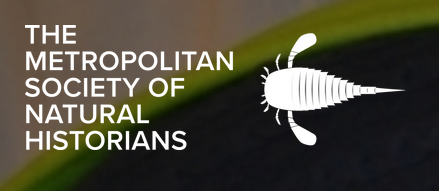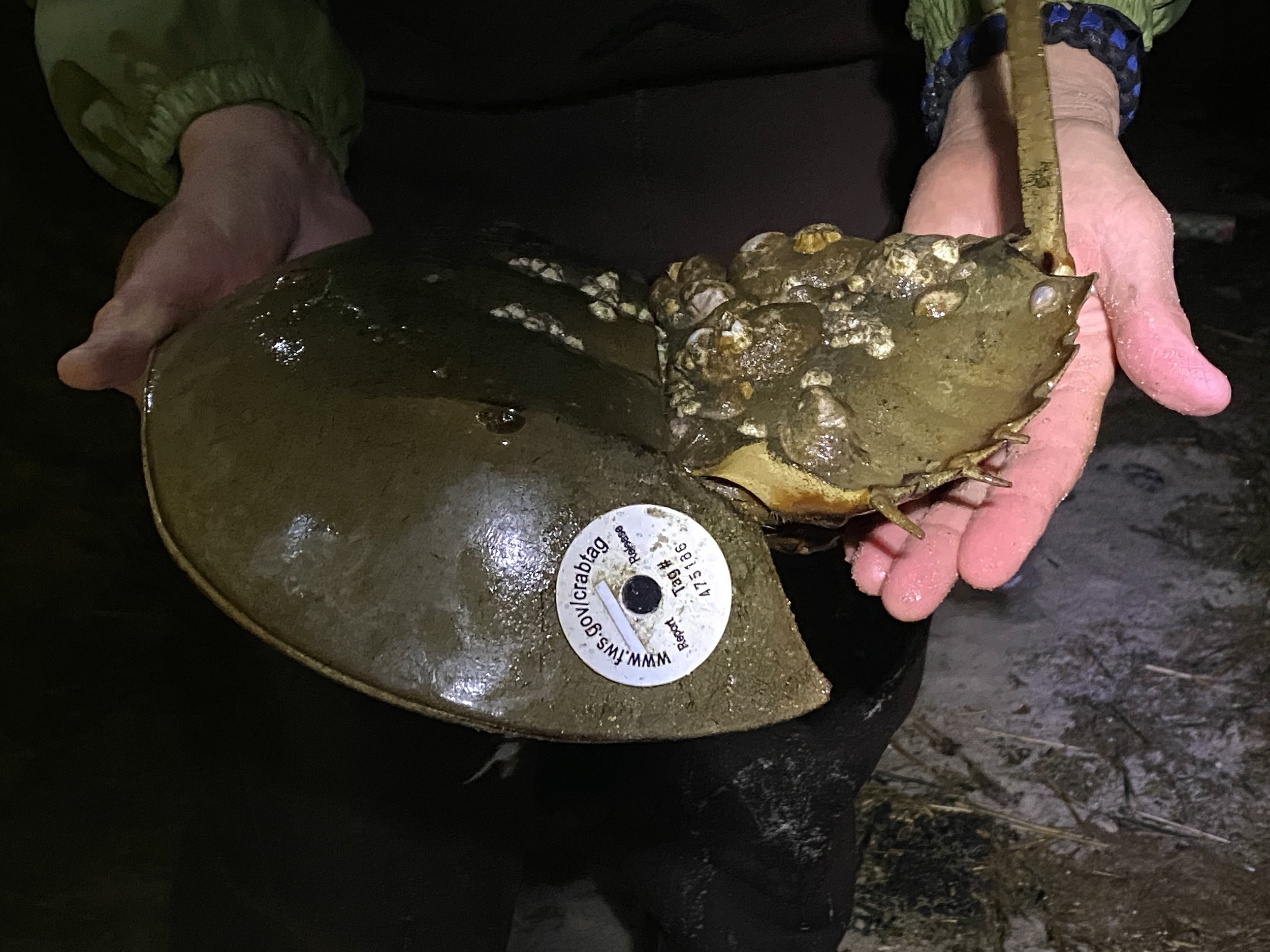On the evening of May 19th (because is there really any better way to spend a Friday night in NYC?), eleven citizen scientists donned their water shoes and headlamps for a trip out into Big Egg Marsh in Jamaica Bay, Queens. They were there to observe and study Limulus polyphemus, a horseshoe crab species that breeds along the eastern coast of North America from early May to late June annually on full and new moon nights, and is the only species of horseshoe crab found in the Atlantic Ocean. Joining forces with the NYC Audubon’s veteran site coordinator Dottie Werkmeister, the crew took a brief sunset training session before splitting into groups and heading out onto the shoreline.
Horseshoe crabs, dubbed ‘living fossils’ are not a species without controversy. They serve as bait in the fishing industry; they also heavily bolster scientific studies in that their blood is used to test for deadly bacterial endotoxins in human vaccines. Unfortunately, horseshoe crabs benefit from only very few if any protections in the State of New York. This annual count, taking place over the breeding season between May and June, ensures that scientists are aware of the increasing, decreasing, or stable nature of the population; without such work, an important breeding ground for the species will disappear.
The event took place in two parts. First, teams of two to three paced the shoreline at regular intervals to lay down a 1-meter-square “grid.” Any horseshoe crabs found inside the grid at the time it was placed in the surf were counted, with the distinction made between the number of males and females. Females typically were easy to identify in two ways: not only are they larger, but during breeding season, they occupy a “leading” position among a clump of horseshoe crabs, the remainder of the clump composed of “primary” (directly behind) and “satellite” (adjacent) males seeking to externally fertilize her eggs.
Next, the entire crew set about measuring and tagging lone horseshoe crabs (mating ones were not to be disturbed). First, they obtained a lateral measurement across the prosoma (“head”) using large calipers. Next, a hole was drilled in the lateral subophthalmic region (below the eyes) and identification tags were affixed.
Throughout the course of the evening, 50 new horseshoe crabs were tagged (46 males, 4 females) and 30 horseshoe crabs were recovered (previously tagged, and their current location recorded in the count). Despite these numbers, hundreds of horseshoe crabs still dotted the shoreline by the time the event was wrapped up. All in all it was an active Friday ‘love’ party for these ‘living fossils.’
Special thanks to NYC Audubon staff for organizing and their continued collaboration with us, especially Dottie Werkmeister for for her continued enthusiasm and leadership in our annual horseshoe crab event. To view more photos from this event, please visit our gallery. Credit for the writeup and photos for this event goes to Glenn Doherty.
Horseshoe crabs despite their name and superficial resemblance, are not crabs. They actually belong to their own class Xiphosura in Chelicerata, an arthropod group that also includes the classes Arachnida (spiders, scorpions, ticks, etc), Eurypterida (the extinct sea scorpions and also MSNH's mascot), and Pycnogonida (sea spiders) and some researchers even consider them arachnids. Worldwide only four extant species of horseshoe crabs still exist and all species except the Atlantic horseshoe crab, Limulus polyphemus, are found in the Indo-Pacific Ocean. Extinct horseshoe crab species have also been described and the oldest fossil, found in Canada, dates to the Upper Ordovician, 445 million years ago! Despite their remarkable old age, horseshoe crabs have changed little morphologically since their first appearance and are therefore often referred to as 'living fossils' in the scientific literature.



